|
Ear head bug
| |||||||||||||||||||||||||||||||||||||||||||||||||||||||||||||||||||||||||||||||||||||||||
| Symptom of Damage : | ||
Nature of Damage : Both adults and nymphs do the damage. The nymphs start feeding 3 to 4 hours after hatching. They feed on the leaf sap near the tip / on milky sap in developing spikelets at milky stage. Sucking of the milky sap causes ill-filled / partial filled and chaffy grains. . They omit bad smell hence they are called Gundhi bugs. Serious infestation can reduce the yield by 50%. The straw gives off-flavour that is unattractive to the cattle. |
 |
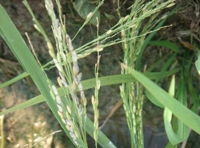 |
| Feeding injuries and spots on grains |
Chaffy and erect panicles | |
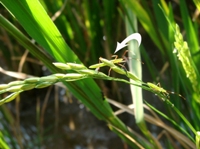 |
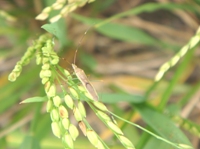 |
|
| Infected leaves roll inwards along the margins | Terminal rolling and drying of leaves | |
| Top | ||
| Identification of pest : | ||
Scientific Name - Leptocorisa acuta
|
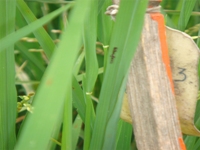 |
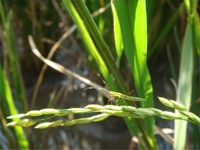 |
| Egg | Nymph | |
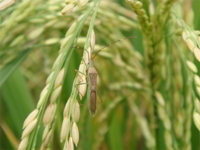 |
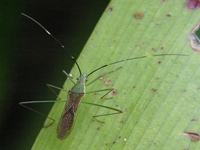 |
|
| Adult | Adult | |
| Top | ||
| Management Strategies: | ||
Cultural Methods:
|
 |
 |
| Hand picking of bugs | Keep the field weed free | |
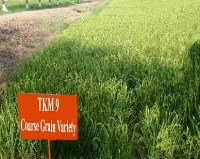 |
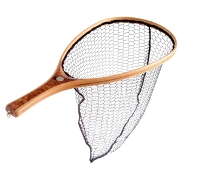 |
|
| Use coarse grain variety - TMK 9 | Use hand nets to pick the bugs | |
Chemical Methods:
|
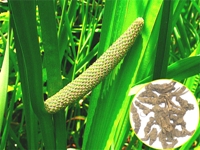 |
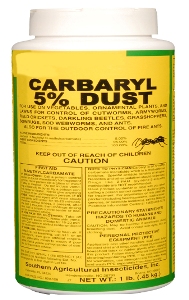 |
| Acorus calamus rhizome dust - repels the bug | Carbaryl dust | |
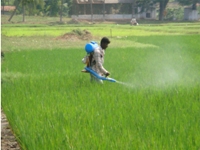 |
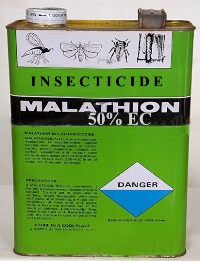 |
|
| Spraying of pesticide | Use Malathion | |
Biological Methods:
|
 |
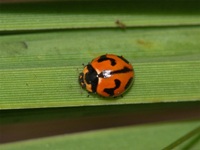 |
| Meadow Grasshopper | Coccinellid beetles | |
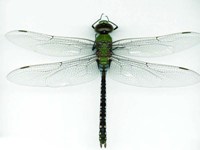 |
 |
|
| Bugs are prey to dragonflies | Small wasps parasitizes the egg | |
Botanical Methods:
Neem seed kernel extract 5%@25kg/ha
|
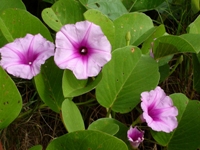 |
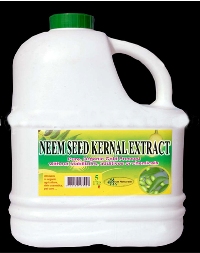 |
| Use ipomoea leaf extract | Use Neem Seed Kernal Extract | |
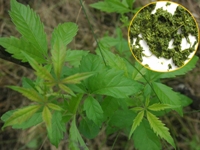 |
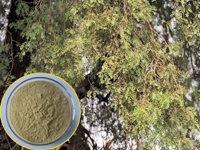 |
|
| Use Notchi Leaf Extract | Use prosopis powder extract | |
| Top | ||
